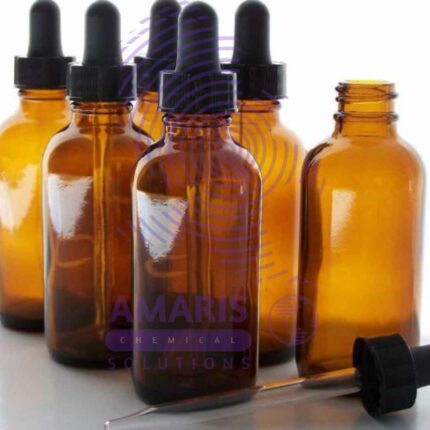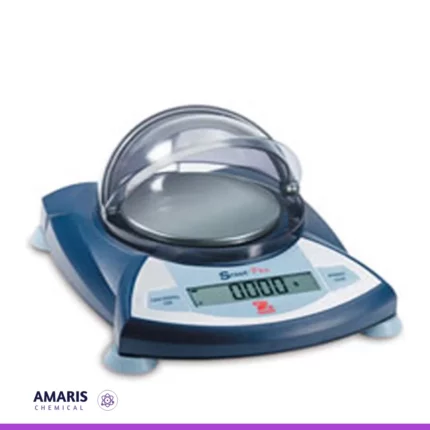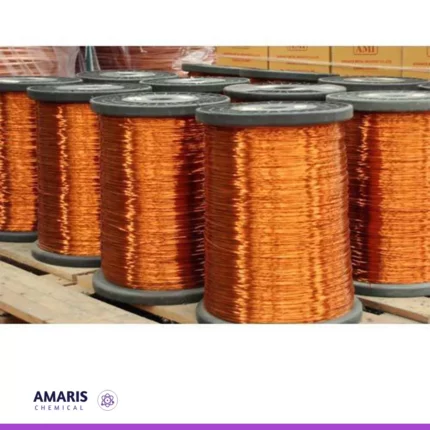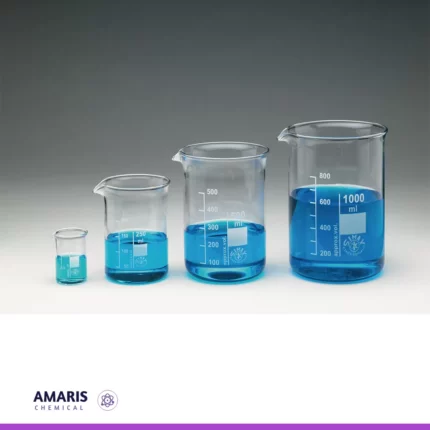
Ticker tape timer
KSh6,000.00 Original price was: KSh6,000.00.KSh5,500.00Current price is: KSh5,500.00.

Voltalic cell
KSh0.01
Vacuum and air pressure pump combined
Rated 5.00 out of 5 based on 1 customer rating
(1 customer review)
KSh8,500.00 Original price was: KSh8,500.00.KSh6,900.00Current price is: KSh6,900.00.
Whatsapp Order
Combining a vacuum pump with an air pressure pump in a laboratory setting can offer versatile control over atmospheric conditions within experimental setups. Here’s how they can be used together:
- Vacuum Pump: A vacuum pump removes air or gas molecules from a sealed chamber, creating a vacuum or low-pressure environment. This is useful for various laboratory applications such as:
- Removing air from containers or chambers to create a vacuum for experiments involving gases or vacuum-distillation techniques.
- Evacuating air from reaction vessels to prevent unwanted reactions with oxygen or moisture.
- Facilitating the transfer of liquids through vacuum filtration systems.
- Assisting in the operation of vacuum ovens or freeze dryers for sample preparation or preservation.
- Air Pressure Pump: An air pressure pump, also known as a compressor, increases the pressure of air or gas within a system. In a laboratory, it can be employed for tasks like:
- Supplying compressed air for pneumatic equipment or instruments requiring air-driven operation.
- Pressurizing reaction vessels or chambers for experiments requiring elevated pressures, such as high-pressure chemical synthesis or hydrothermal reactions.
- Generating pressure differentials for applications like air-powered suction or sample manipulation.
- Facilitating gas exchange in bioreactors or fermenters used for cell culture or microbial growth.
When combined, these pumps can be integrated into complex experimental setups where precise control over both vacuum and pressure conditions is necessary. For instance:
- In materials science, they might be used to manipulate the environment during thin-film deposition processes.
- In chemistry, they could be employed for vacuum distillation followed by pressurized reactions.
- In biology, they might facilitate the controlled atmosphere required for tissue culture or cell incubation experiments.
SKU:
ACS74899CHEM0
Category: LABORATORY EQUIPMENT & APPARATUS
Description
Vacuum and air pressure pump combined
- Gas Purging and Sample Handling:
- When dealing with sensitive samples, it’s crucial to maintain a controlled environment. The combination of vacuum and pressure pumps allows for precise control over the atmosphere within a chamber. For example, in gas chromatography, where precise gas flow and pressure are required for accurate analysis, this combination ensures optimal conditions.
- Hydrogenation Reactions:
- In organic chemistry, hydrogenation reactions often require both vacuum and pressure. Vacuum is used to remove air and moisture, which can interfere with the reaction, while pressure is applied to enhance the reaction rate and yield. The combined pumps facilitate these conditions, enabling efficient hydrogenation processes.
- Vacuum Distillation:
- Vacuum distillation is a technique used to lower the boiling point of a solvent by reducing the pressure above the liquid. By combining a vacuum pump to create low pressure with an air pressure pump to regulate the system, precise control over the distillation process can be achieved, leading to higher purity of the distillate.
- Thin Film Deposition:
- In materials science, thin film deposition techniques like physical vapor deposition (PVD) or chemical vapor deposition (CVD) often require controlled atmospheres. The combination of vacuum and pressure pumps enables the creation of specific gas environments conducive to deposition processes, ensuring uniform film growth and quality.
- Bioreactors and Fermentation:
- In biotechnology and microbiology, bioreactors and fermentation processes often require precise control over gas exchange and pressure conditions. The combined pumps can regulate the flow of gases into and out of the system, optimizing growth conditions for microorganisms and cell cultures.
- Vacuum Filtration:
- Vacuum filtration is commonly used in laboratories for separating solids from liquids. The vacuum pump creates suction to pull the liquid through a filter paper or membrane, while the air pressure pump can assist in maintaining consistent pressure levels for efficient filtration.
- Environmental Chambers:
- Environmental chambers simulate various environmental conditions for testing purposes. The combination of vacuum and pressure pumps allows researchers to create custom environments with controlled temperature, humidity, and gas composition, essential for studying the effects of different conditions on materials or biological sample
Reviews (1)
1 review for Vacuum and air pressure pump combined
Add a review Cancel reply
Related products
Amber Bottles Polystop
KSh0.01
A laboratory glass amber bottle is a specialized container commonly used in laboratories to store and protect light-sensitive substances, chemicals, or solutions. These bottles are made from amber-colored glass, which provides protection against ultraviolet (UV) and visible light radiation. The amber glass helps to minimize the degradation and decomposition of light-sensitive contents by blocking a significant portion of the light spectrum.
The amber color of the glass is achieved by adding iron, sulfur, and other compounds during the glass manufacturing process. This coloration is what gives the bottles their distinctive amber or brown appearance.
Laboratory glass amber bottles typically come in various sizes, ranging from small volumes of a few milliliters to large capacities of several liters. They often have a screw-on or snap-on cap, providing a secure and airtight seal to prevent spills, evaporation, and contamination.
Due to their ability to protect light-sensitive substances, laboratory glass amber bottles are widely used in chemistry, biology, pharmaceuticals, and other scientific fields where sample integrity and stability are crucial.
bare enamelled copper wire
KSh0.01
Barlows wheel apparatus
KSh0.01
The Barlow's wheel apparatus is an experimental device used to demonstrate the conversion of electrical energy into mechanical energy through electromagnetic principles. It consists of a horizontal wheel or disk with radial metal spokes attached to its center. The wheel is mounted on an axle, allowing it to rotate freely.
Beaker Simax
KSh0.01
A glass beaker is a cylindrical, open-top container made of glass, typically with graduated volume markings on its side. It is commonly used in laboratories for holding, mixing, and heating liquids, as well as for performing various experiments and chemical reactions. Glass beakers come in various sizes and are designed to provide easy observation of the contents and to withstand temperature changes without significant deformation or chemical interaction with the substances being used.
Blotting paper
KSh0.01
Blotting paper is a highly absorbent and thin sheet of paper, typically made from materials like cotton, linen, or other plant fibers. It is designed to quickly absorb excess liquids, such as ink, oil, or moisture, from various surfaces without smudging or smearing the substances. Blotting paper is commonly used to remove excess ink from a freshly written page, absorb oil from the skin without disturbing makeup, or dry wet items. It is often found in office settings, art studios, and cosmetic applications due to its efficient absorption properties.



 LABORATORY EQUIPMENT & APPARATUS
LABORATORY EQUIPMENT & APPARATUS
 Fertilizers
Fertilizers Plant Growth Regulators
Plant Growth Regulators Soil Conditioners
Soil Conditioners Animal Feed Additives
Animal Feed Additives Biostimulants
Biostimulants Dough Conditioners
Dough Conditioners Flour Treatments
Flour Treatments Fat Replacers
Fat Replacers Preservatives (baking)
Preservatives (baking)
 Surfactants (cleaning)
Surfactants (cleaning) Builders
Builders Bleaching Agents
Bleaching Agents Enzymes
Enzymes Solvents (cleaning)
Solvents (cleaning) Fragrances
Fragrances




















Shemomo –
Highly versatile.